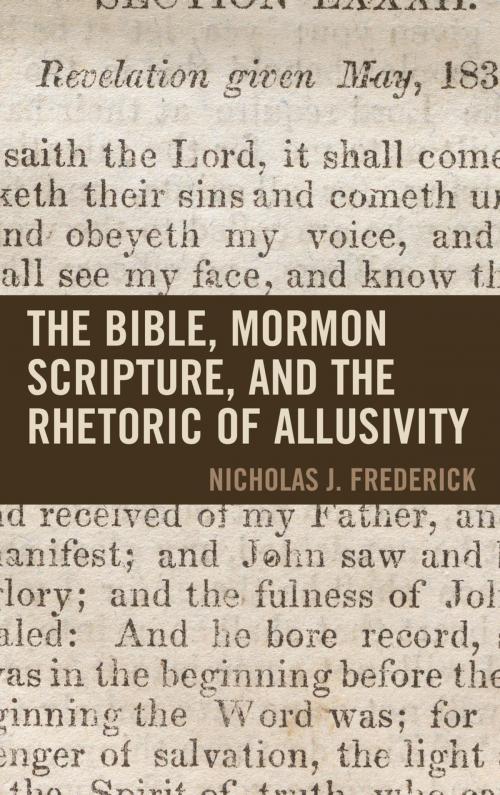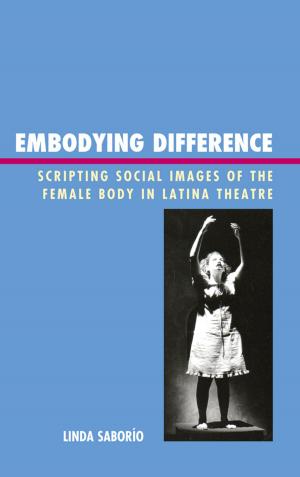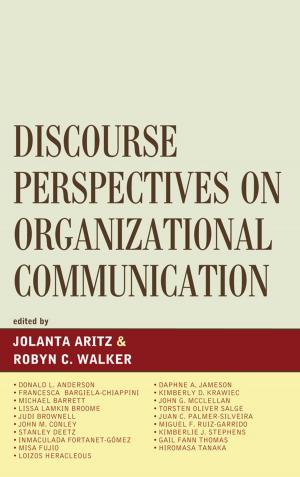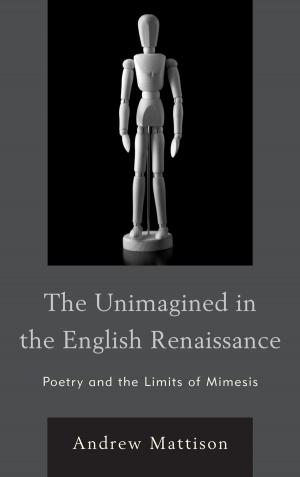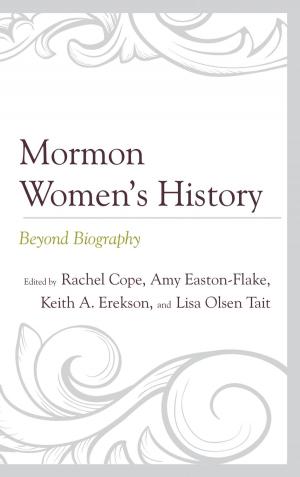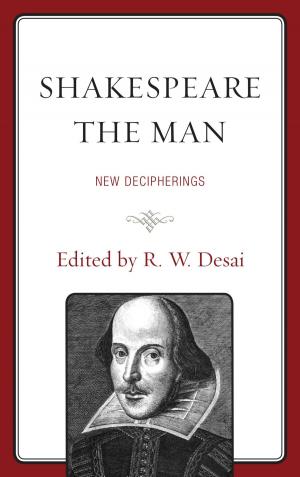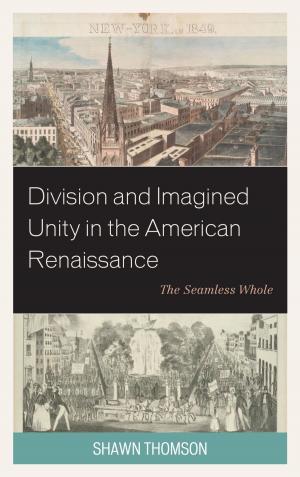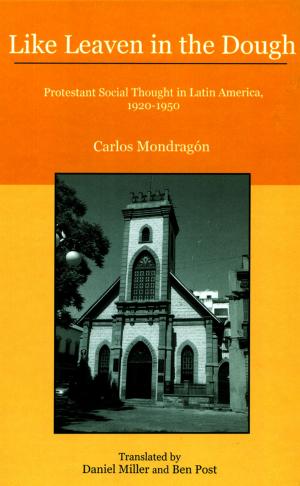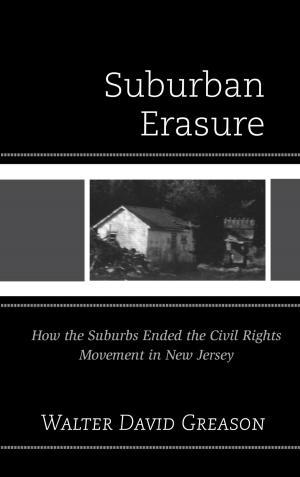The Bible, Mormon Scripture, and the Rhetoric of Allusivity
Nonfiction, Religion & Spirituality, Christianity, Denominations, Mormonism, Bible & Bible Studies, Fiction & Literature, Literary Theory & Criticism| Author: | J. Frederick | ISBN: | 9781611479065 |
| Publisher: | Fairleigh Dickinson University Press | Publication: | May 5, 2016 |
| Imprint: | Fairleigh Dickinson University Press | Language: | English |
| Author: | J. Frederick |
| ISBN: | 9781611479065 |
| Publisher: | Fairleigh Dickinson University Press |
| Publication: | May 5, 2016 |
| Imprint: | Fairleigh Dickinson University Press |
| Language: | English |
One of the most pertinent questions facing students of Mormon Studies is gaining further understanding of the function the Bible played in the composition of Joseph Smith’s primary compositions, the Book of Mormon and the Doctrine and Covenants. With a few notable exceptions, such as Philip Barlow’s Mormons and the Bible and Grant Hardy’s Understanding the Book of Mormon, full-length monographs devoted to this topic have been lacking. This manuscript attempts to remedy this through a close analysis of how Mormon scripture, specifically the Book of Mormon and the Doctrine and Covenants, integrates the writings of New Testament into its own text. This manuscript takes up the argument that through the rhetoric of allusivity (the allusion to one text by another) Joseph Smith was able to bestow upon his works an authority they would have lacked without the incorporation of biblical language. In order to provide a thorough analysis focused on how Smith incorporated the biblical text into his own texts, this work will limit itself only to those passages in Mormon scripture that allude to the Prologue of John’s gospel (John 1:1-18). The choice of the Prologue of John is due to its frequent appearance throughout Smith’s corpus as well as its recognizable language. This study further argues that the manner in which Smith incorporates the Johannine Prologue is by no means uniform but actually quite creative, taking (at least) four different forms: Echo, Allusion, Expansion, and Inversion. The methodology used in this work is based primarily upon recent developments in intertextual studies of the Bible, an analytical method that has proved to be quite effective in studying later author’s use of earlier texts.
One of the most pertinent questions facing students of Mormon Studies is gaining further understanding of the function the Bible played in the composition of Joseph Smith’s primary compositions, the Book of Mormon and the Doctrine and Covenants. With a few notable exceptions, such as Philip Barlow’s Mormons and the Bible and Grant Hardy’s Understanding the Book of Mormon, full-length monographs devoted to this topic have been lacking. This manuscript attempts to remedy this through a close analysis of how Mormon scripture, specifically the Book of Mormon and the Doctrine and Covenants, integrates the writings of New Testament into its own text. This manuscript takes up the argument that through the rhetoric of allusivity (the allusion to one text by another) Joseph Smith was able to bestow upon his works an authority they would have lacked without the incorporation of biblical language. In order to provide a thorough analysis focused on how Smith incorporated the biblical text into his own texts, this work will limit itself only to those passages in Mormon scripture that allude to the Prologue of John’s gospel (John 1:1-18). The choice of the Prologue of John is due to its frequent appearance throughout Smith’s corpus as well as its recognizable language. This study further argues that the manner in which Smith incorporates the Johannine Prologue is by no means uniform but actually quite creative, taking (at least) four different forms: Echo, Allusion, Expansion, and Inversion. The methodology used in this work is based primarily upon recent developments in intertextual studies of the Bible, an analytical method that has proved to be quite effective in studying later author’s use of earlier texts.
